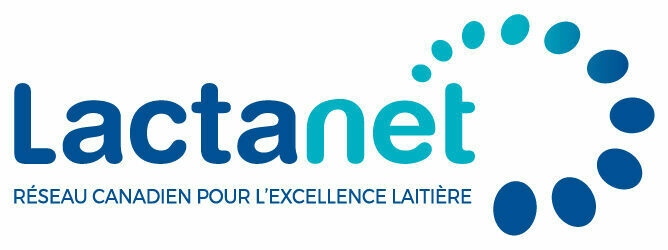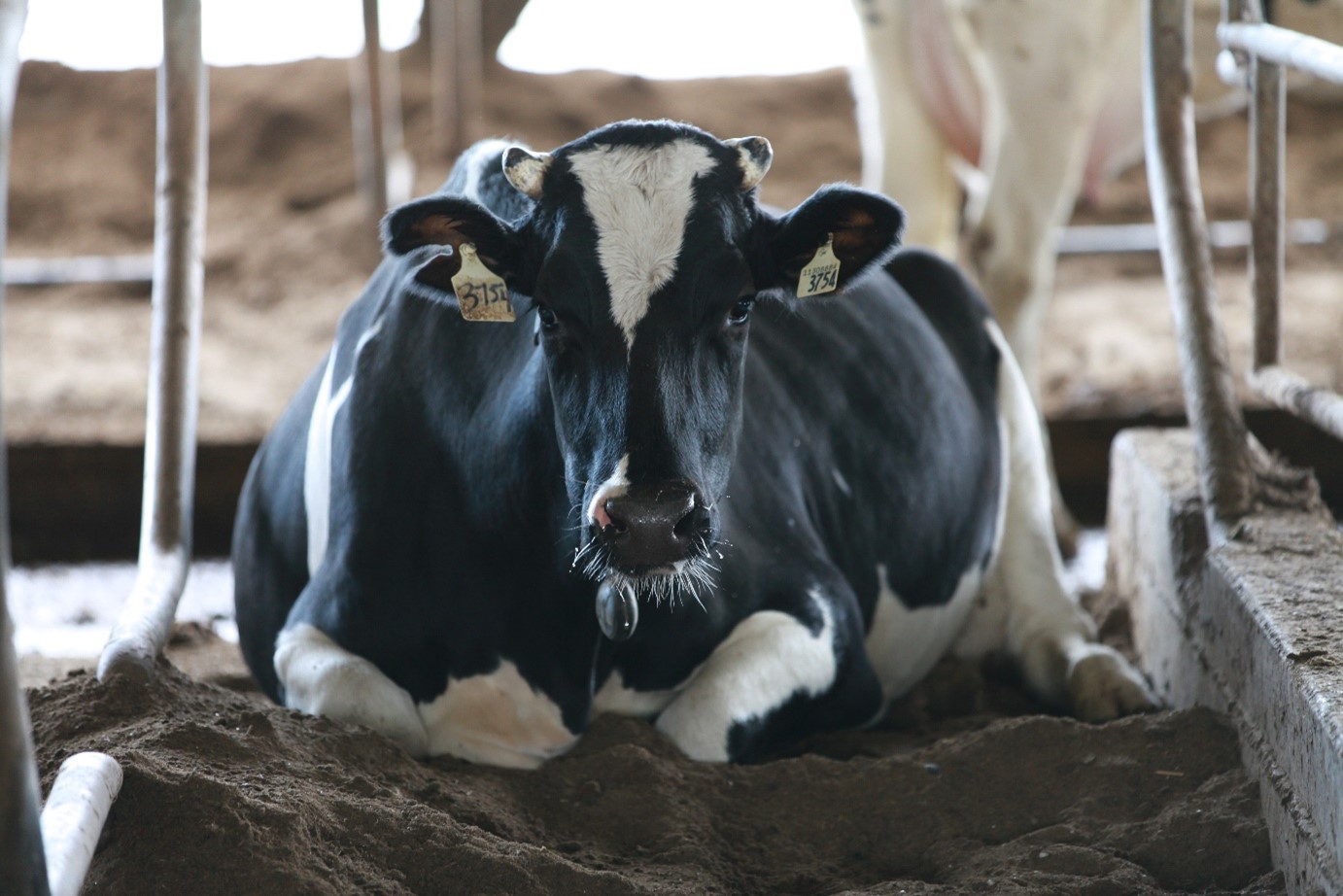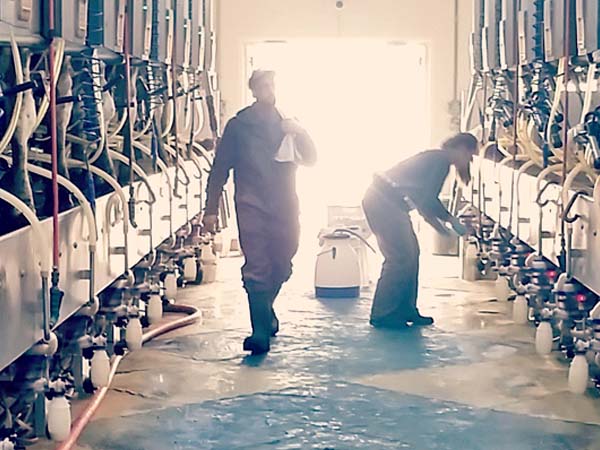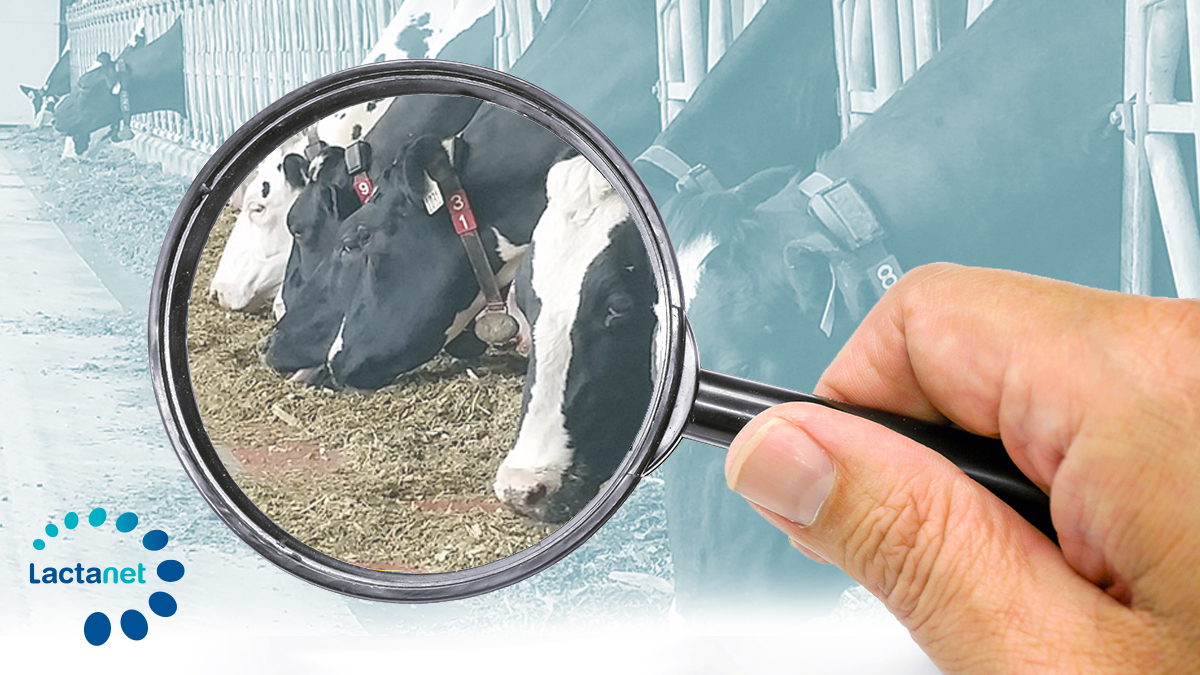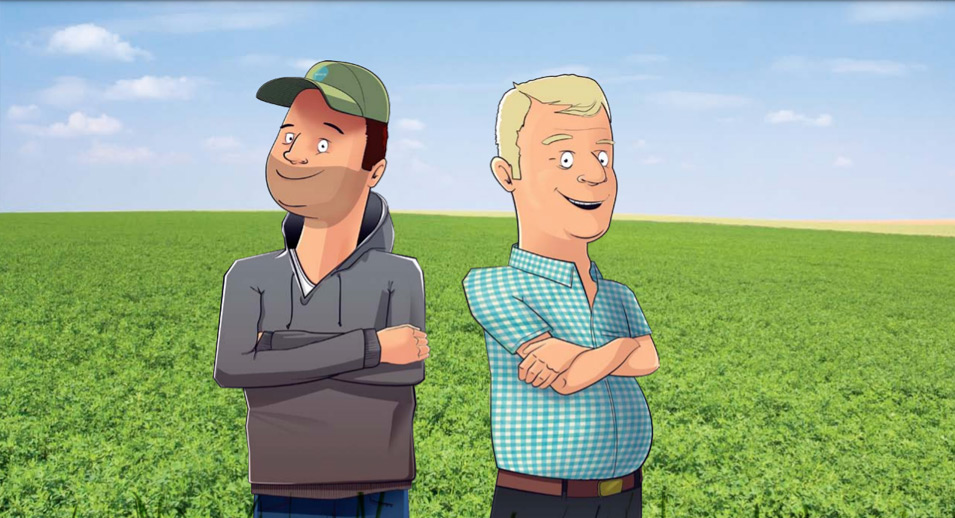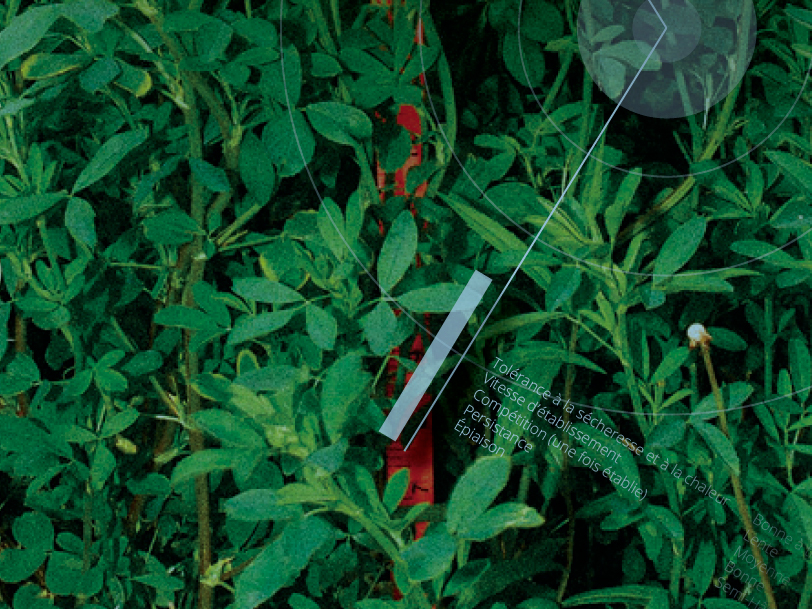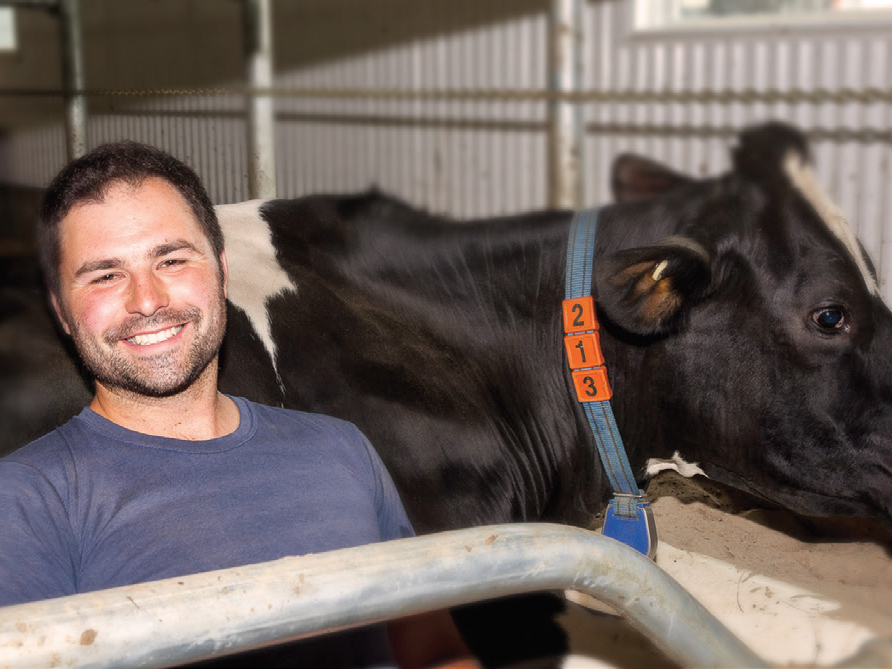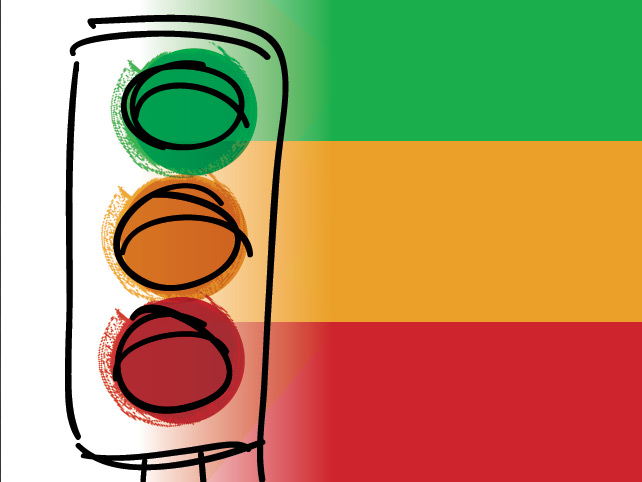The Portrait of Quebec Dairy Farms in Constant Evolution!
- February 18, 2022
- Le Producteur de Lait Québécois Magazine
Between April 2020 and January 2021, two questionnaires were administered by Lactanet technicians and advisors to all their dairy producers. The first focused on housing and dairy herd management, and the second on calf and heifer management practices. The following article presents some highlights of the data collected during this survey.
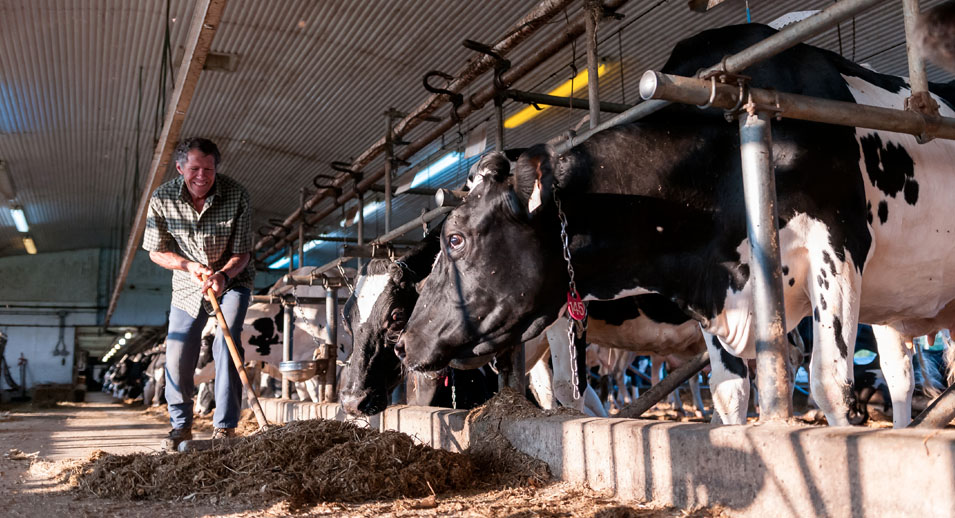
Project Summary
The main objective of this survey was to provide a portrait of the situation of Quebec dairy farms regarding animal housing and on-farm practices.
A total of 2143 farms volunteered to answer the questionnaires. The distribution of farms in size and geography is very representative of all Quebec dairy farms.
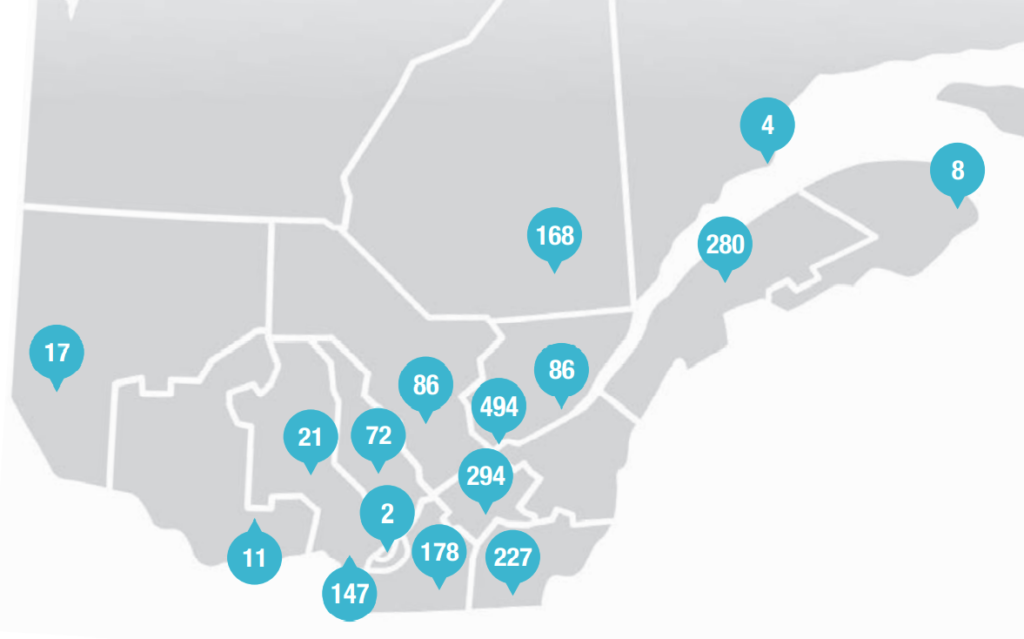
Types of stalls
Free-stall housing is gaining popularity among Quebec dairy operations. Nearly 84% of farms house their calves in free-stall setups. Of this number, 53% chose individual housing and 47% group housing. Individual housing has long been the accepted standard for better control of disease transmission and calf feeding. For nearly a decade, studies have shown that calves that have been socialized have better growth gains and adaptability to change and stress. This data is encouraging some farms to use pair or group housing for calves.
For other groups of animals, 70% of farms favor free-stall housing for post-weaned heifers, and 60% for mature heifers. Moreover, 42% of dry cows up until calving are housed in a free-stall environment. For those who use pens at calving time, it is important to have a large enough space for the cows to position themselves properly. An appropriate calving area will also reduce the risk of problems associated with calving. Group-housed cows usually prefer to be isolated from the rest of the group at calving time. In individual pens, a minimum of 15 m2 is recommended.
Lying surface
Cows spend half their day lying down. For calves, it’s nearly 20 hours a day! To keep the animals comfortable and to promote their resting time, the comfort of the stall is essential. It must be soft, dry, and not slippery. There are many ways to achieve this, but bedding is essential regardless of the type of stall lining used.
Among the different types of bedding, cereal straw and various forms of wood bedding are the most used in Quebec. They are used on nearly 90% of farms.
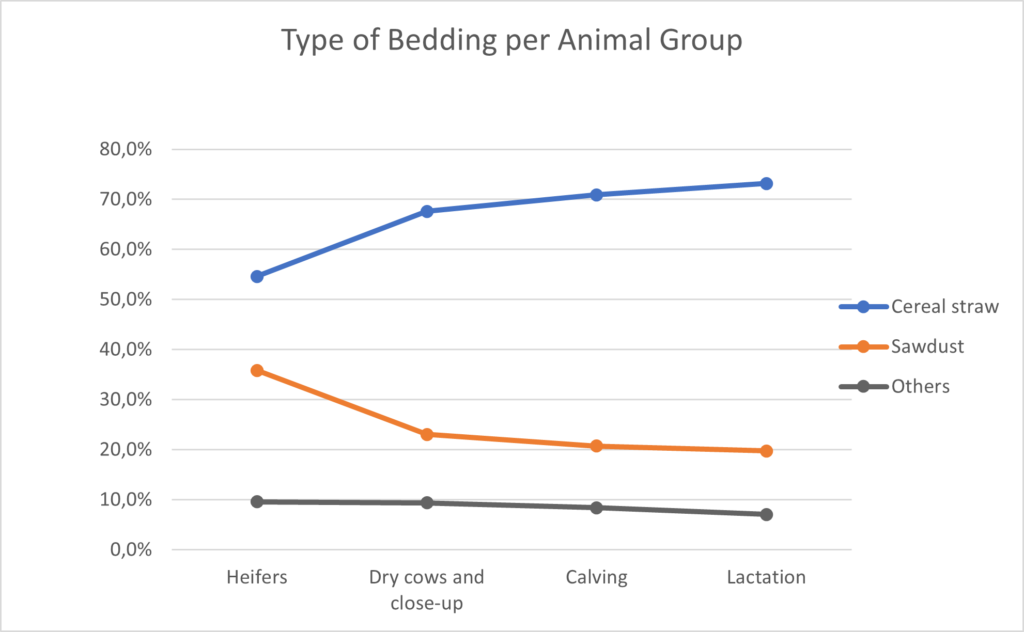
We know that the softness of the bedding surface is influenced by the thickness of the bedding layer. According to Lactanet’s tests with the Clegg Impact Meter, we need to have about 8 cm of bedding, regardless of the source, for the impact of the weight of the meter to be completely absorbed by it. The challenge with bedding is that it must be maintained at a sufficient thickness throughout the day.
There are several types of liners on the market that can be added under the bedding. Depending on their softness, the amount of bedding can be reduced and adjusted while maintaining the desired softness of the bedding surface. If we consider deep bedding, we can see that more than 90% of farms add some type of cover for lactating cows.
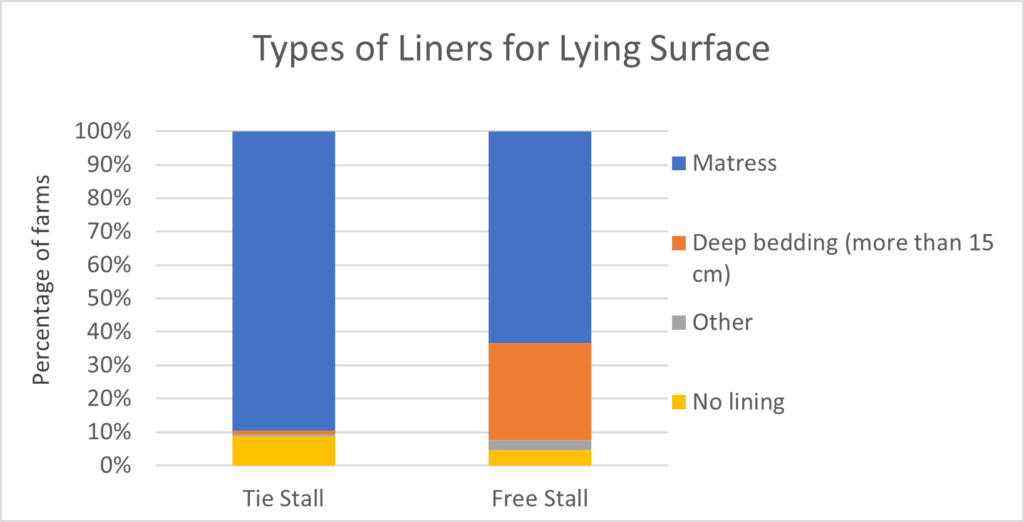
Calf management
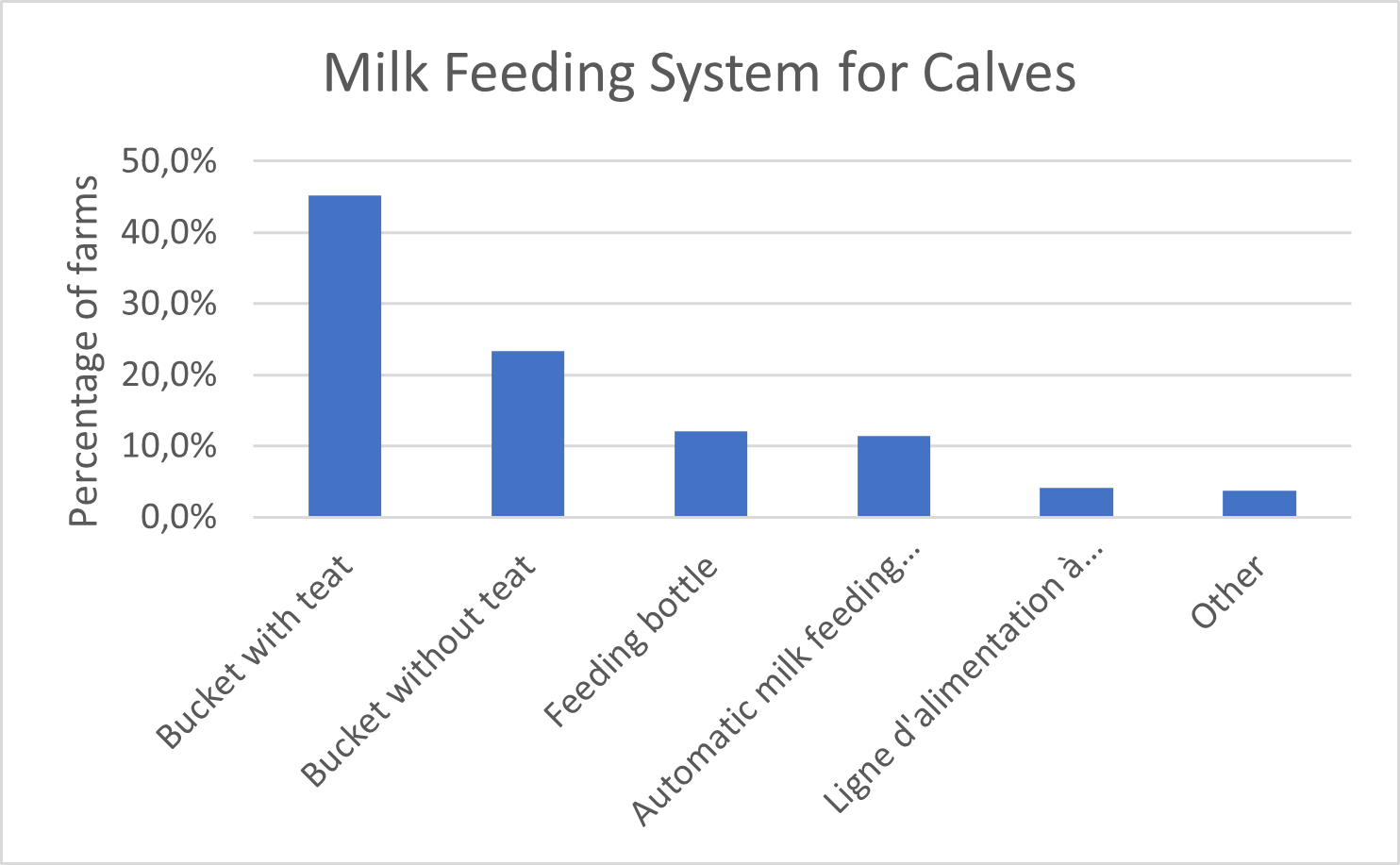
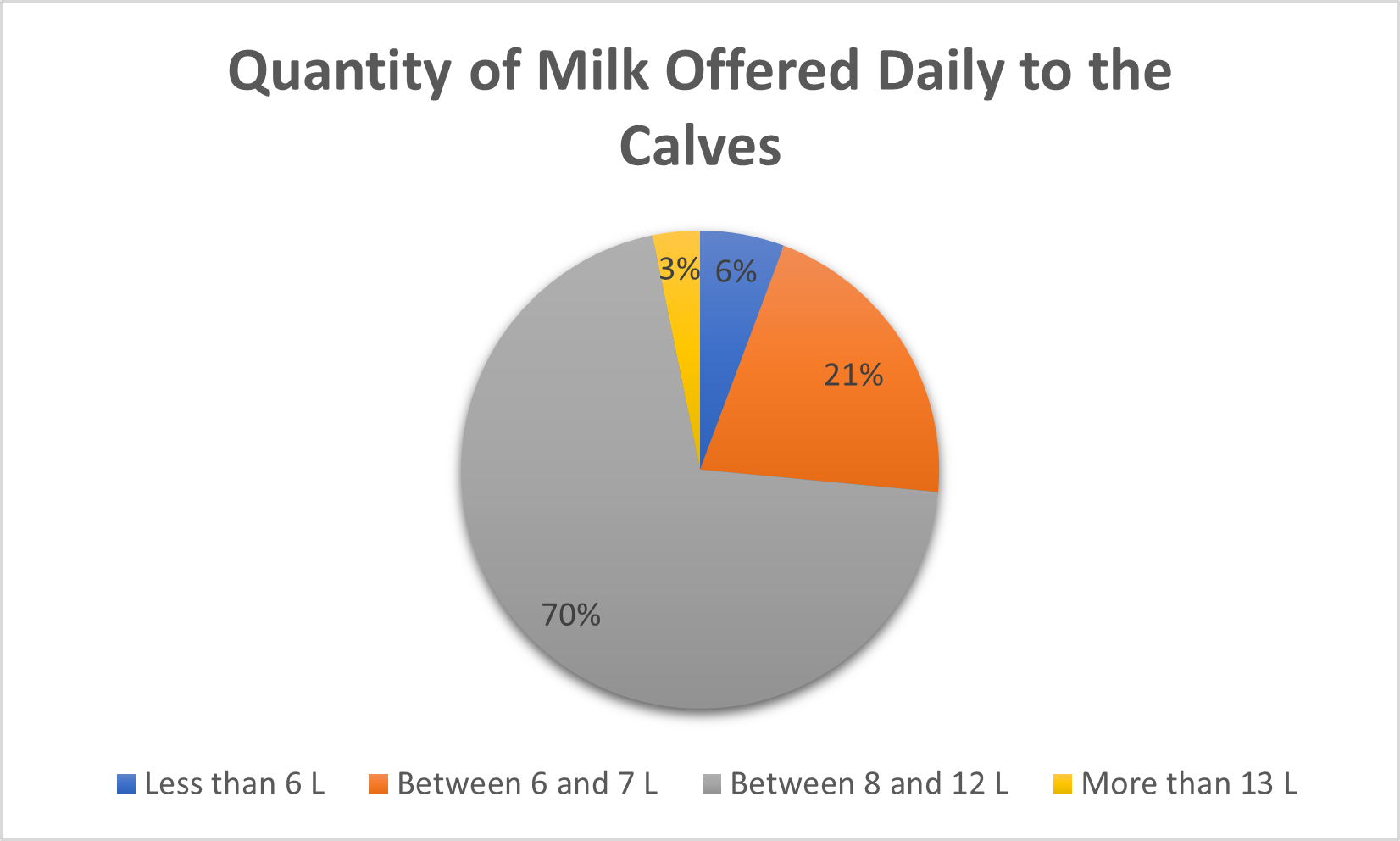
Acknowledgements
We would like to thank the Lactanet field team for administering the questionnaires on the farms. Lactanet would also like to thank the participation of several stakeholders in the dairy sector, the members of Valacta’s Strategic Orientation Committee on Housing and Welfare as well as the Producteurs de Lait du Québec for their contribution in reviewing the questionnaires and presenting the results. Finally, a big thank you to the dairy farmers who agreed to complete the survey voluntarily.
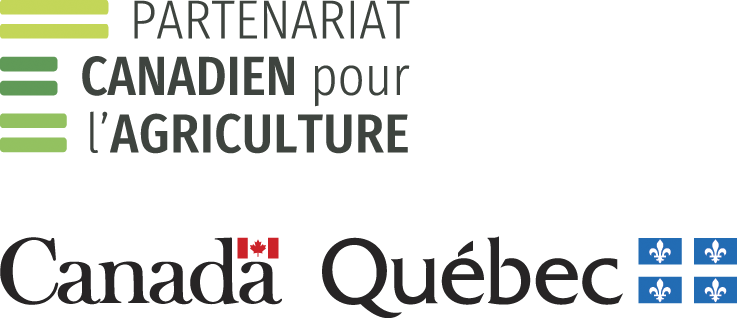
This project is funded under the Canada-Quebec Agreement for the Implementation of the Canadian Agricultural Partnership. Together, the federal and Quebec governments have invested $293 million over a five-year period from 2018 to 2023.
This agreement supports strategic initiatives that will help the sectors grow, innovate, and prosper.

